LOOKBOOK: Infertility Awareness
How do you explain infertility to your friends? The goal is to raise awareness through this lookbook of pictures with information to help you learn about infertility. It’s a disease that affects both women and men. In fact, more than 3 million couples in the United States have been diagnosed with infertility. About 30 percent of the cases are attributed to women, another 30 percent are linked to men while 20 percent of the cases include a combination of problems in both partners. Ten percent of infertility cases are unexplained or unknown.


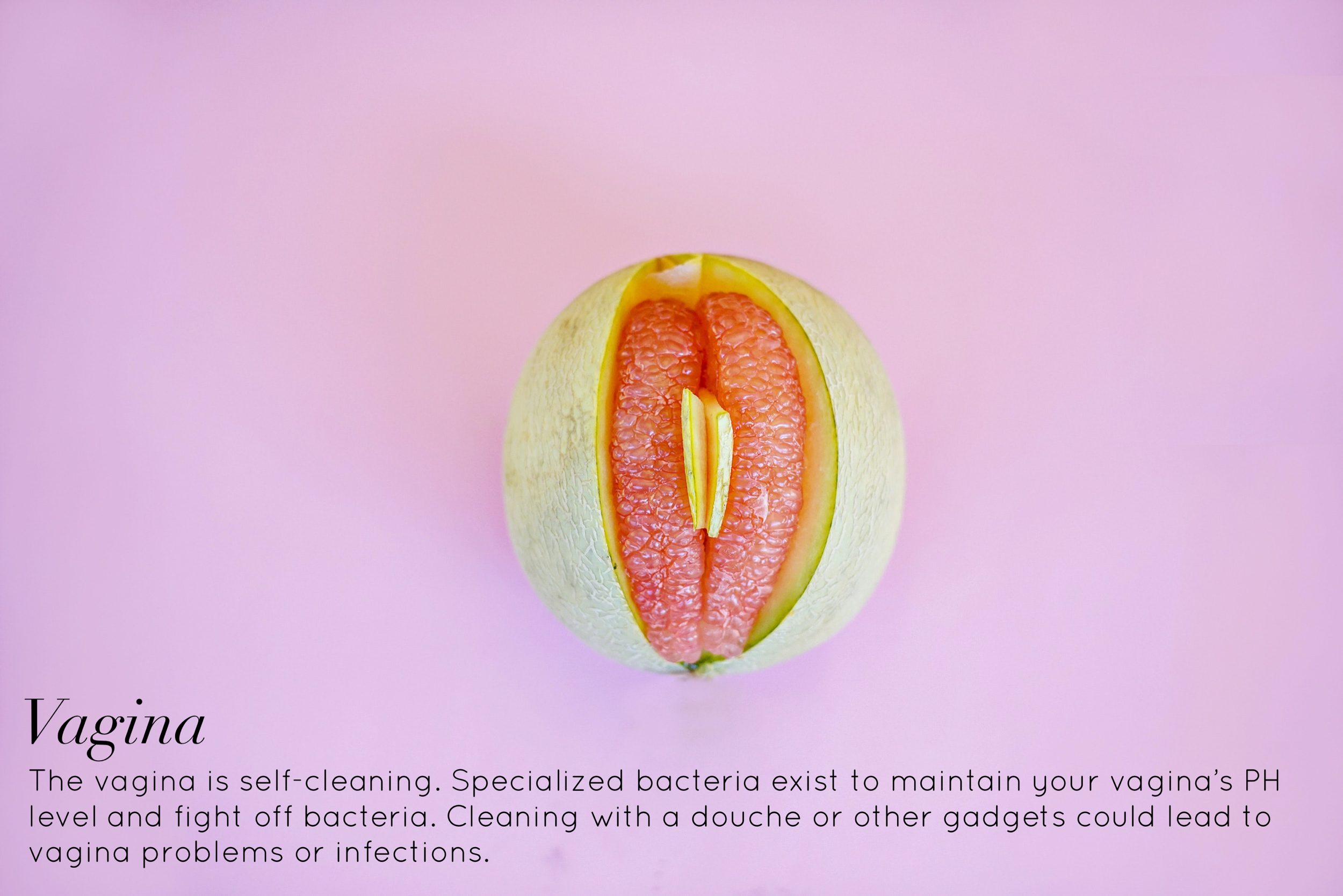

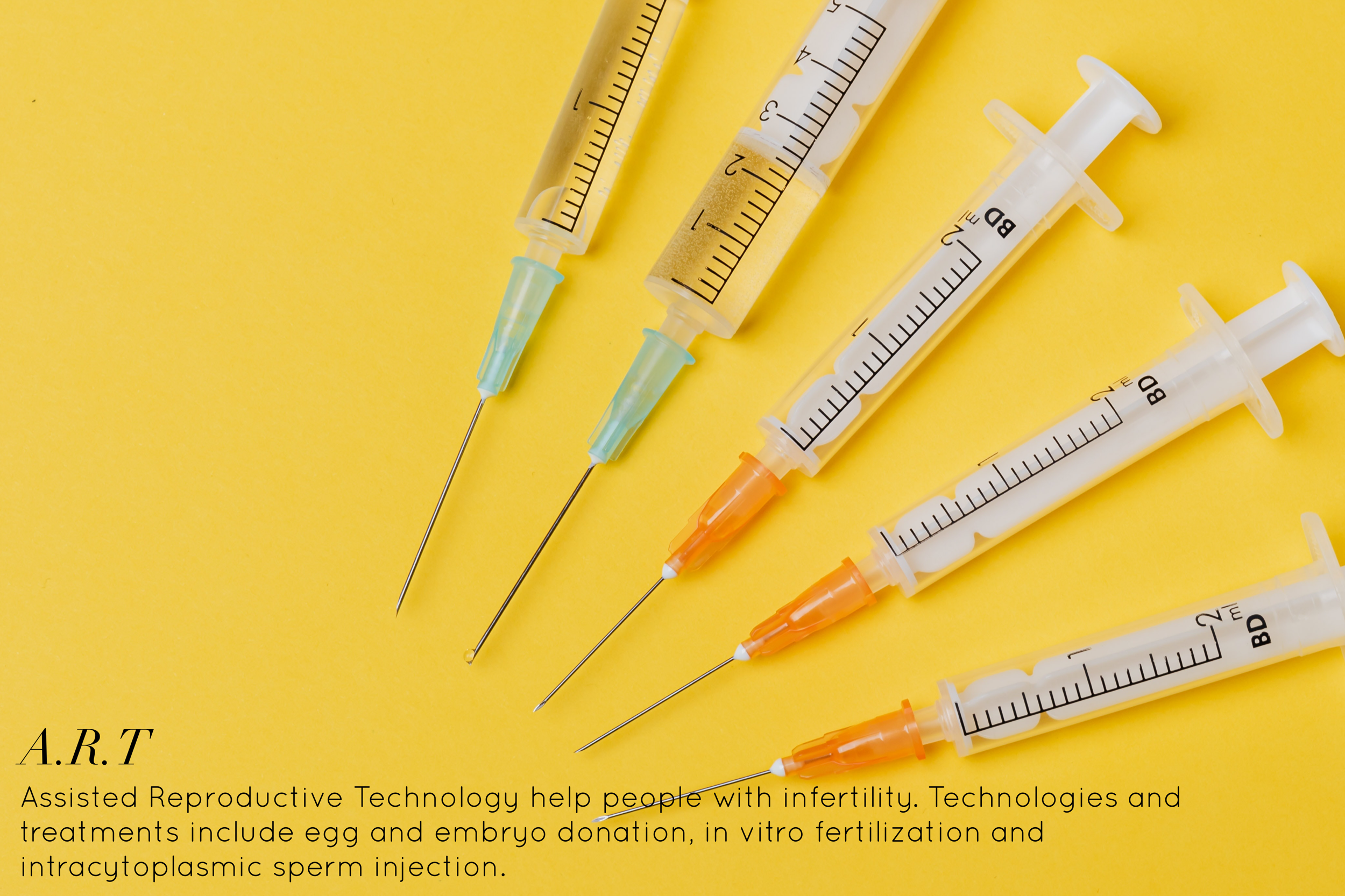



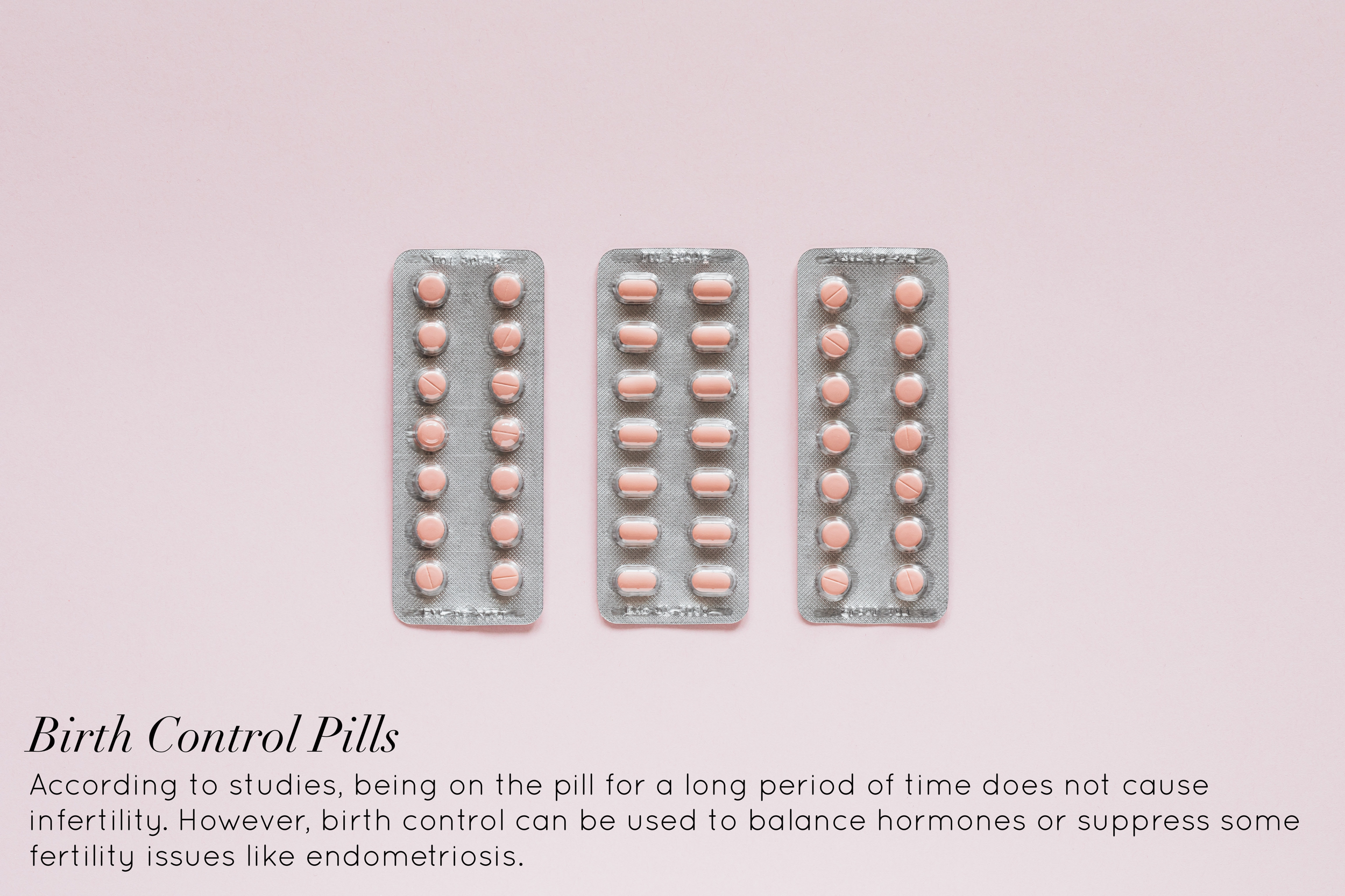

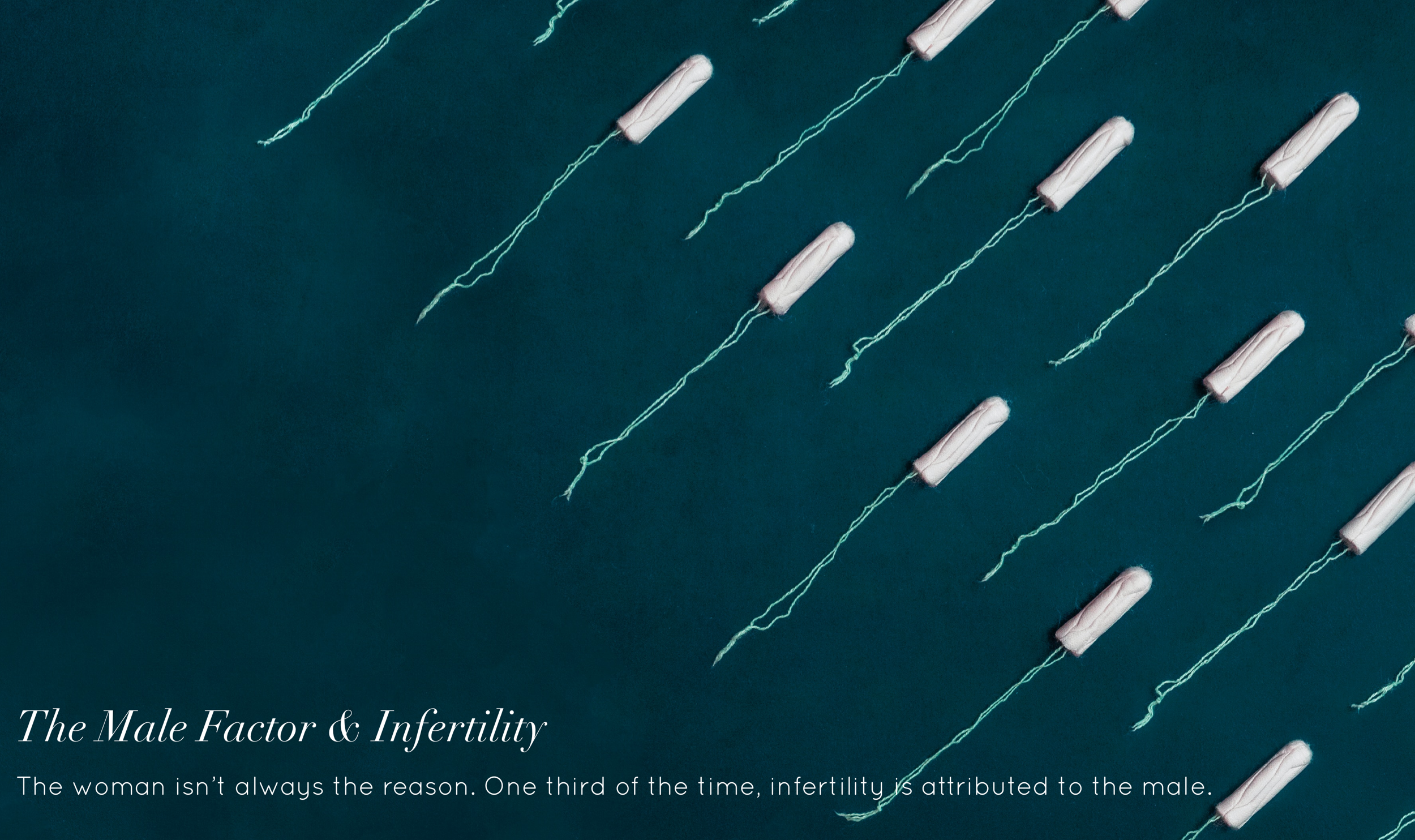

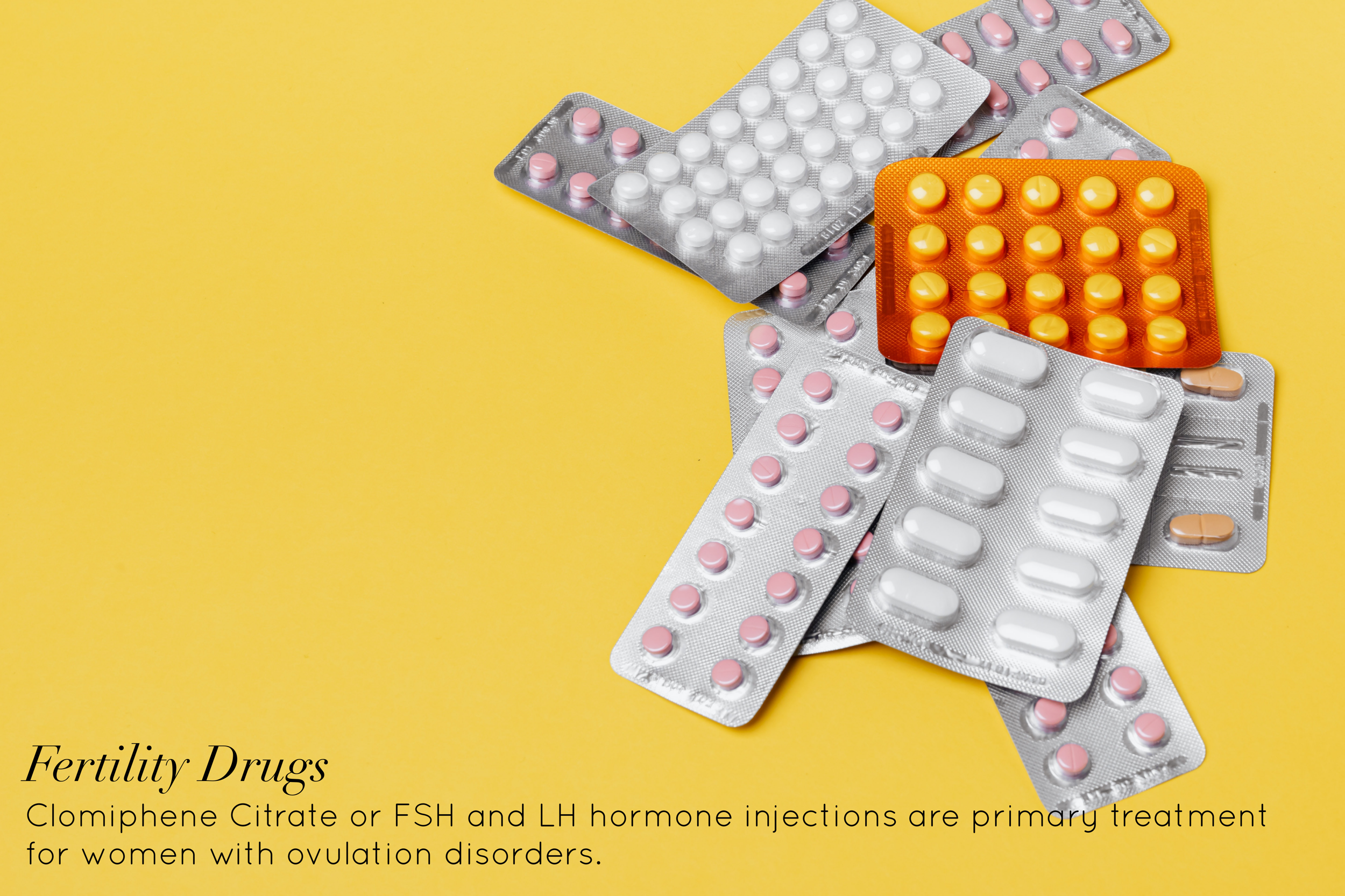


Know Your Fertility Health
Preconception health is important and should begin when pregnancy is desired. Be sure to ask your doctor about the following tests to help you learn more about your fertility health.
Hysterosalpingogram (HSG)- A radiology procedure that shows whether the fallopian tubes are open or blocked. It also checks the uterine cavity for fibroid tumors, polyps, scar tissue, etc.
Hormone Test-This measures the levels of your Follicle Stimulating Hormone in the blood, assessing infertility problems. FSH triggers a woman’s ovaries to prepare an egg for release. It also gives a comprehensive picture of the Luteinizing Hormone (LH), Prolactin and Oestradiol.
Ovarian Reserve Test-You’ll gain insight into how many eggs you have left in your ovaries by testing the range of Anti-Mullerian Hormone (AMH) in the blood.
Other tests include an endometrial biopsy to examine the uterine lining and a semen analysis to examine the sperm count, shape, and motility (movement of sperm).
Infertility Insurance Coverage
Find out if your state has passed fertility insurance legislation. Through advocacy and hard work, 19 states across the country will now absorb some or much of the cost from your fertility treatments. According to RESOLVE: The National Infertility Association, legislation is different in each state. Some states have passed laws to include IVF coverage, and others have adopted fertility preservation legislation for medically induced infertility. See the full list of states with infertility insurance coverage to help couples on their family building journey. Your voice matters which means you can push for fertility coverage or expanded insurance in your state. Become an advocate and email advocacy@resolve.org.
Assisted Reproductive Technology (ART)
There are a number of avenues a couple can take to conceive a child. Below are a few options to help increase your chances of getting pregnant. A woman typically takes fertility drugs prior to the cycle during some of these options.
Intrauterine Insemination (IUI)- Affordable but lower success rate. This procedure requires the sperm to be implanted into the woman. This is basically a short cut, helping a man’s sperm travel to the egg due.
In vitro fertilization (IVF)-The first experimentations with IVF began in the early 1900’s but the first human IVF procedure took place in 1978. This is when a doctor retrieves eggs from a woman and then fertilizes them with sperm. It’s one of the more popular and successful routes for couples depending on the diagnosis.
Intrafallopian transfer- Doctors who perform this will fertilize the egg inside the woman’s fallopian tube. There are two options known as the a gamete intrafallopian transfer (GIT) or a zygote intrafallopian transfer (ZIT) which is similar to IVF.
Intracytoplasmic sperm transfer-During this procedure, doctors will remove one or more eggs from the woman’s body and then inject a single healthy sperm into a mature egg.
Improve your Mental Health through Self-Care
““Self-care means standing in your truth and being honest about what you can and cannot handle during fertility challenges. Embrace your normal, and love your story because it’s what makes you unique, strong, and a blessing to others.””


